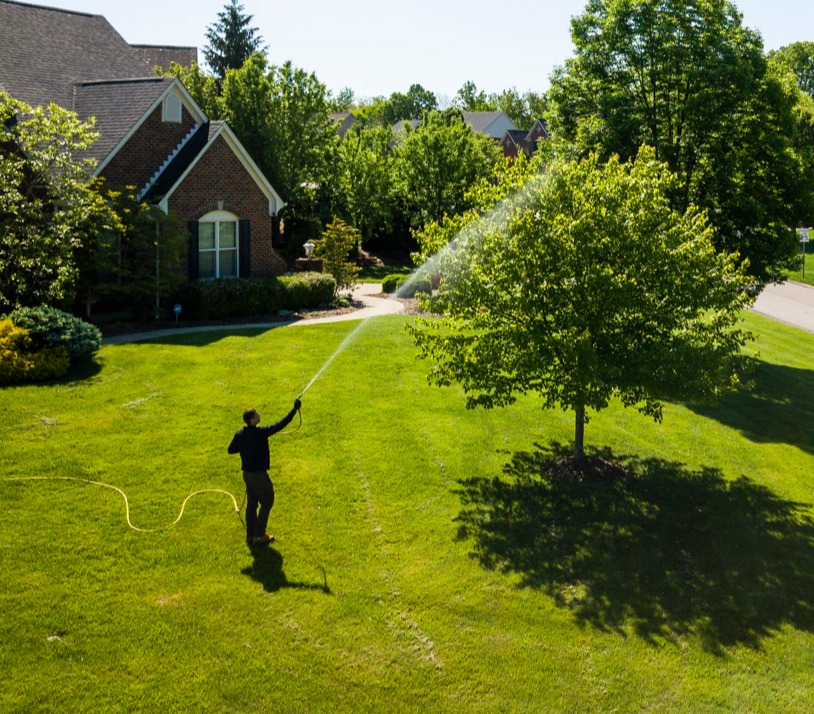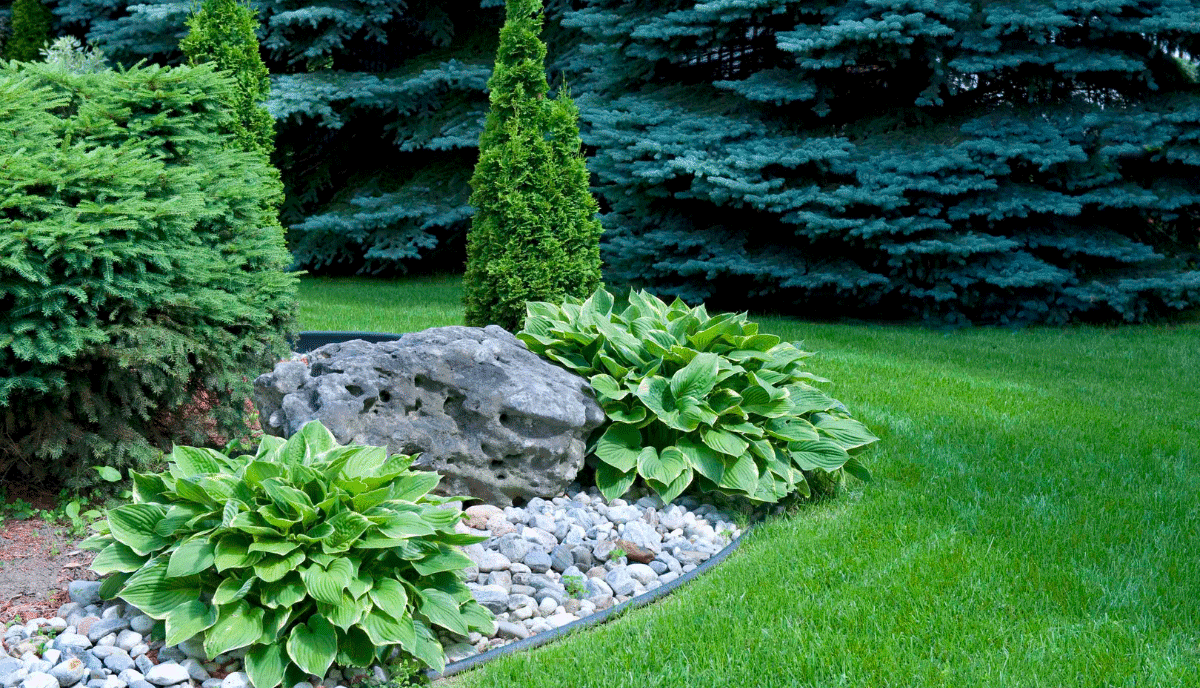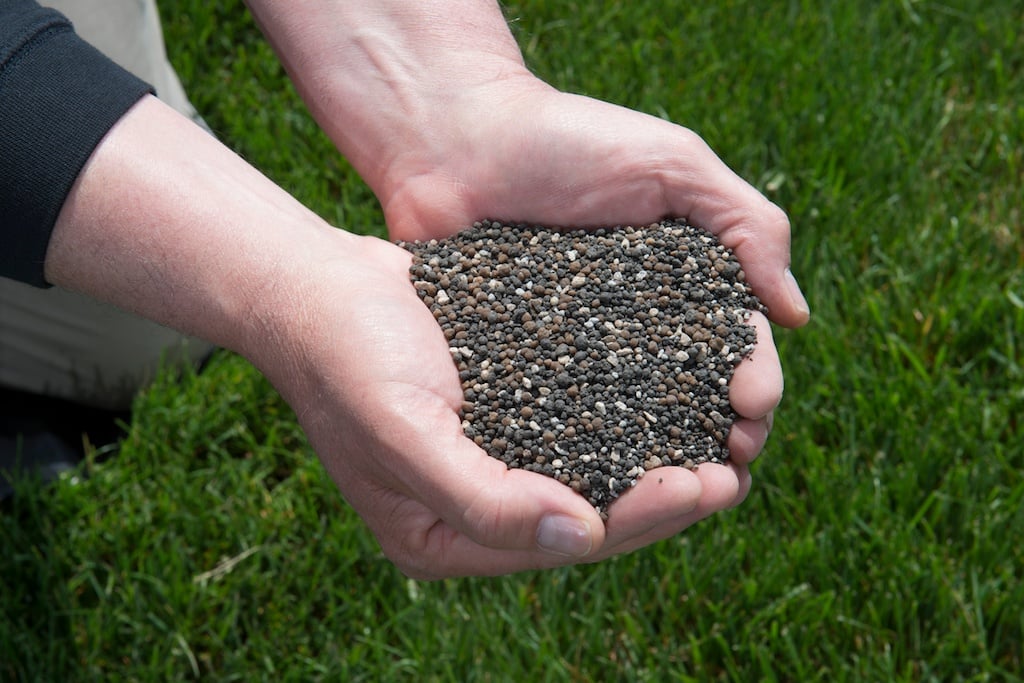
Published on: January 29, 2024Raunie
While this winter hasn’t been especially snowy or cold, it’s still a perfect time to explore and learn about the products we use every day. With the ever-growing world of innovation, science and technology, products are constantly changing, some for the better and some maybe not… Today I want to explore the differences between run-of-the-mill rock salt and the most recent development of Ice Melt . But with an additional component of its effect on lawns and other green spaces.
Effect on grass:
- Salt: It can be harmful to grass and plants if used excessively or if it builds up in the soil over time. Rock salt can upset the balance of nutrients in the soil, making surrounding grass appear dry or struggling. Additionally, salt runoff from treated surfaces can seep into the soil and cause long-term damage to nearby vegetation.
- Ice melting: Some ice melting products are formulated to be less harmful to your lawn than traditional rock salt. However, like everything, using moderation is key. Ice Melt can still have negative effects if applied in excess or allowed to accumulate on the ground. When using ice melt near lawns or garden beds, it is essential to carefully follow application instructions and avoid excessive use to minimize potential effects on the soil.
Composition:
- Salt: Commonly known as rock salt, it is a natural mineral extracted from underground deposits. This natural chemical lowers the freezing point of water, making it effective at melting ice on roads and sidewalks.
- Ice melting: Ice melting products can vary in composition, but often contain a mixture of natural and chemical components. These mixtures are formulated to melt ice at lower temperatures than pure rock salt and have a faster response time.
Effectiveness:
- Salt: It works effectively at temperatures above -9°C. It is less effective at lower temperatures and may not be ideal for extreme cold conditions.
- Ice melting: Contains elements that operate at lower temperatures, sometimes as low as -32°C, depending on the specific blend. This makes it more effective than rock salt in very cold conditions.
Action speed:
- Salt: It generally takes longer to melt ice compared to ice melting products, especially in colder temperatures.
- Ice melting: It often works faster due to its composition, melting ice and snow faster even at lower temperatures. One of the advantages of Ice Melt is that you end up using less product overall because it works faster and in colder conditions.
With these factors in mind, it is important to weigh the pros and cons of salt and ice melt when selecting a deicer product. Understanding their differences and their potential effects on grass and the environment can help homeowners and property managers make informed decisions to keep their outdoor spaces safe and minimize damage to surrounding vegetation and ecosystems. No matter what product you choose, it is always best to apply topsoil along driveways or areas where there are piles of snow each spring. This will help the plants or grass maintain the natural balance of the soil and promote healthy growth.







